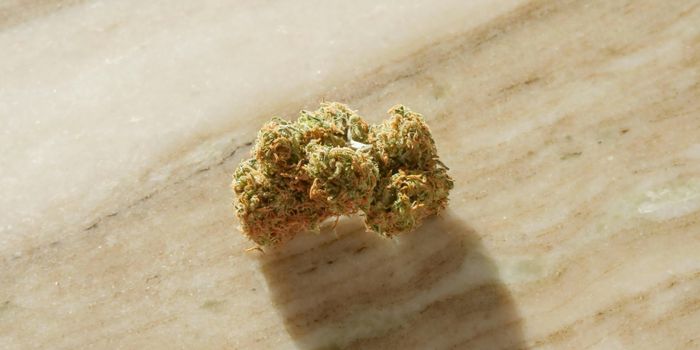How Often is Cannabis Now Used to Treat Pain?
 As cannabis has continued to legalize over the last several years, overall widespread acceptance of the plant has grown tremendously. Not only is cannabis accepted recreationally in most circles, but medically as well, particularly for chronic pain relief. Just how common is this acceptance?
As cannabis has continued to legalize over the last several years, overall widespread acceptance of the plant has grown tremendously. Not only is cannabis accepted recreationally in most circles, but medically as well, particularly for chronic pain relief. Just how common is this acceptance?
A new study commissioned by Johns Hopkins School of Public Health indicated that cannabis is now so well accepted that 31 percent of chronic pain sufferers have tried cannabis for pain relief.
In the same study, more than half the adults who used cannabis for chronic pain management reported that cannabis helped them lessen their usage of prescription opioids, other prescription medications, and over-the-counter meds in general.
How does cannabis work to reduce chronic pain? When we consume THC and CBD, the cannabinoids interact with the receptors in our endocannabinoid system to help decrease swelling. CBD also increases the anandamide in our system – our natural cannabinoid that reduces inflammation – by blocking the enzyme that breaks anandamide down.
This theory is consistent with findings that Medicare prescriptions for opiates are lower in states in which medical cannabis is legal – a trend that is expected to continue. These findings are even stronger in states with a robust dispensary network, also associated with reductions in hydrocodone and morphine prescriptions.
Several studies have also concluded that there is substantial evidence indicating that both THC and CBD reduce pain and inflammation, especially if the two are used together.
Over time, the science community will determine methods of increasing the effectiveness of cannabis as a pain reliever, while decreasing any associated side effects. And as cannabis continues to gain mainstream acceptance, consumers will eventually not care nor worry about their favorite pain relief solution having originated from weed.
Sources: Jama Network, Norml, National Library of Medicine, Jama Network, Psychology Today








